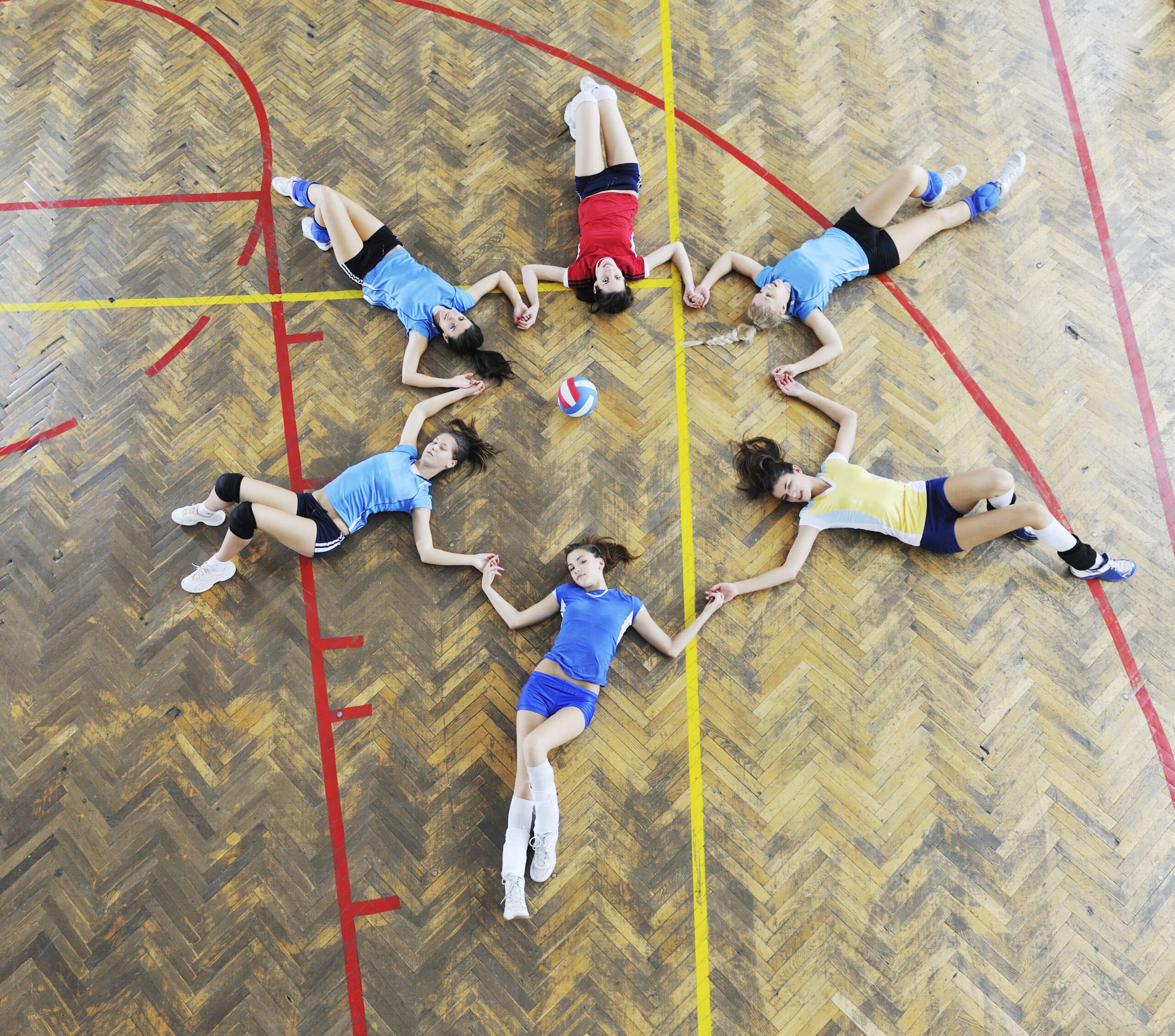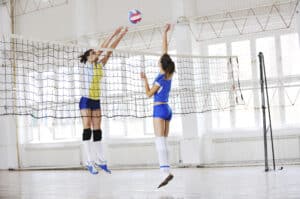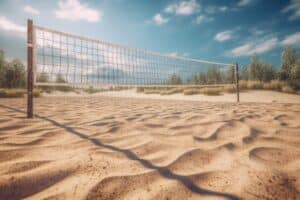Is it Safe to Play Volleyball on Concrete?
Key Takeaways
- Playing volleyball on concrete poses risks of injuries from hard landings, strains on joints and muscles, and potential fractures.
- Debris on the concrete surface and uneven sections can cause players to lose balance, trip, and fall, leading to injuries.
- Precautions for playing volleyball on concrete include ensuring a clean and debris-free surface, inspecting for tripping hazards, wearing protective gear, modifying playing style, and using outdoor volleyballs designed for hard surfaces.
Many volleyball enthusiasts enjoy playing the sport on various surfaces, whether it’s a sandy beach, a grassy field, or even a hard concrete court. However, when it comes to playing volleyball on concrete, safety concerns arise. In this article, we will explore whether playing volleyball on concrete is safe, the potential risks involved, and the necessary precautions to minimize the chances of injuries.
The Risks of Playing Volleyball on Concrete
Playing volleyball on concrete poses several risks that players should be aware of. One of the main concerns is the potential for injuries from hard landings. Unlike softer surfaces like sand or grass that provide some cushioning upon impact, concrete offers little to no shock absorption. Consequently, players may experience more strain on their joints and muscles, increasing the risk of sprains, strains, or even fractures.
Another risk is the presence of debris on the concrete surface. Unlike indoor courts or well-maintained outdoor courts, concrete surfaces may have loose rocks, pebbles, or other small objects that can interfere with the game. These objects can cause players to lose their balance or even trip, leading to potential injuries.
Uneven surfaces also pose a tripping hazard. Concrete courts that haven’t been properly maintained may have cracks, holes, or uneven sections. Players can easily catch their feet in these imperfections, resulting in falls and injuries.
Furthermore, playing volleyball on concrete requires players to adjust their playing style. Wild digs and slides, which are common defensive movements on softer surfaces, can be risky on concrete. The lack of traction and the hard surface increase the chances of injuries when attempting these moves.
Precautions for Playing Volleyball on Concrete
While playing volleyball on concrete may not be the optimal choice for safety and enjoyment, some precautions can be taken to minimize the risks involved:
- Ensure the concrete surface is clean and free of debris before playing.
- Inspect the court for any cracks, holes, or uneven sections that could pose tripping hazards.
- Wear protective gear such as knee pads and elbow pads to prevent injuries from impact with the hard surface.
- Invest in specially designed shoes with enhanced grip to reduce the chances of sprained ankles and dangerous falls.
- Modify your playing style to avoid wild digs and slides, which can lead to hard landings and potential injuries.
- Consider using outdoor volleyballs that are designed to withstand the rigors of playing on hard surfaces.
By implementing these precautions, players can reduce the likelihood of injuries while playing volleyball on concrete.
Conclusion
Playing volleyball on concrete is not entirely safe, but with proper precautions and adjustments to playing style, the risks can be minimized. It is important to be aware of the potential for injuries from hard landings, the presence of debris, uneven surfaces, and the need to modify certain movements. If possible, alternatives like grass or sand courts are generally considered safer and more enjoyable for playing volleyball. However, if concrete is the only option available, taking the necessary precautions and being mindful of the risks can help ensure a safer experience.
Related Websites:
FAQs:
Q: Is it safe to play volleyball on concrete?
While playing volleyball on concrete can be popular and convenient, it is not the safest option. Concrete surfaces can increase the risk of impact-related injuries due to their hardness and lack of shock absorption. It is important to consider the potential risks and take necessary precautions to minimize injuries.
Q: What are the risks associated with playing volleyball on concrete?
Playing volleyball on concrete poses several risks. The hard surface can lead to impact-related injuries such as sprains, fractures, and joint trauma. Falls on concrete can also cause abrasions and bruises. However, by implementing proper warm-up routines, wearing appropriate footwear, and maintaining good technique, these risks can be minimized.
Q: How can I minimize the risks of playing volleyball on concrete?
To minimize the risks of playing volleyball on concrete, it is recommended to warm up properly before playing, stretch to maintain flexibility, and take necessary precautions such as wearing knee pads for added protection. Additionally, maintaining proper form and technique while playing can help reduce the likelihood of injuries.
Q: What alternative playing surfaces are safer than concrete?
When it comes to playing volleyball, alternative surfaces that are generally safer than concrete include grass and sand. Grass provides a softer and more forgiving surface, while sand offers cushioning and shock absorption. Both surfaces reduce the risk of impact-related injuries compared to concrete. However, it is important to consider personal preferences and availability when choosing a playing surface.
Q: What should I consider when making a decision about playing volleyball?
When making decisions about playing volleyball, it is crucial to prioritize safety. Consider the potential risks associated with the playing surface, such as concrete, and take necessary precautions to minimize injuries. Research alternative playing surfaces, evaluate their benefits and drawbacks, and choose the one that best suits your preferences and availability. Always make informed decisions based on personal circumstances and prioritize your well-being.






